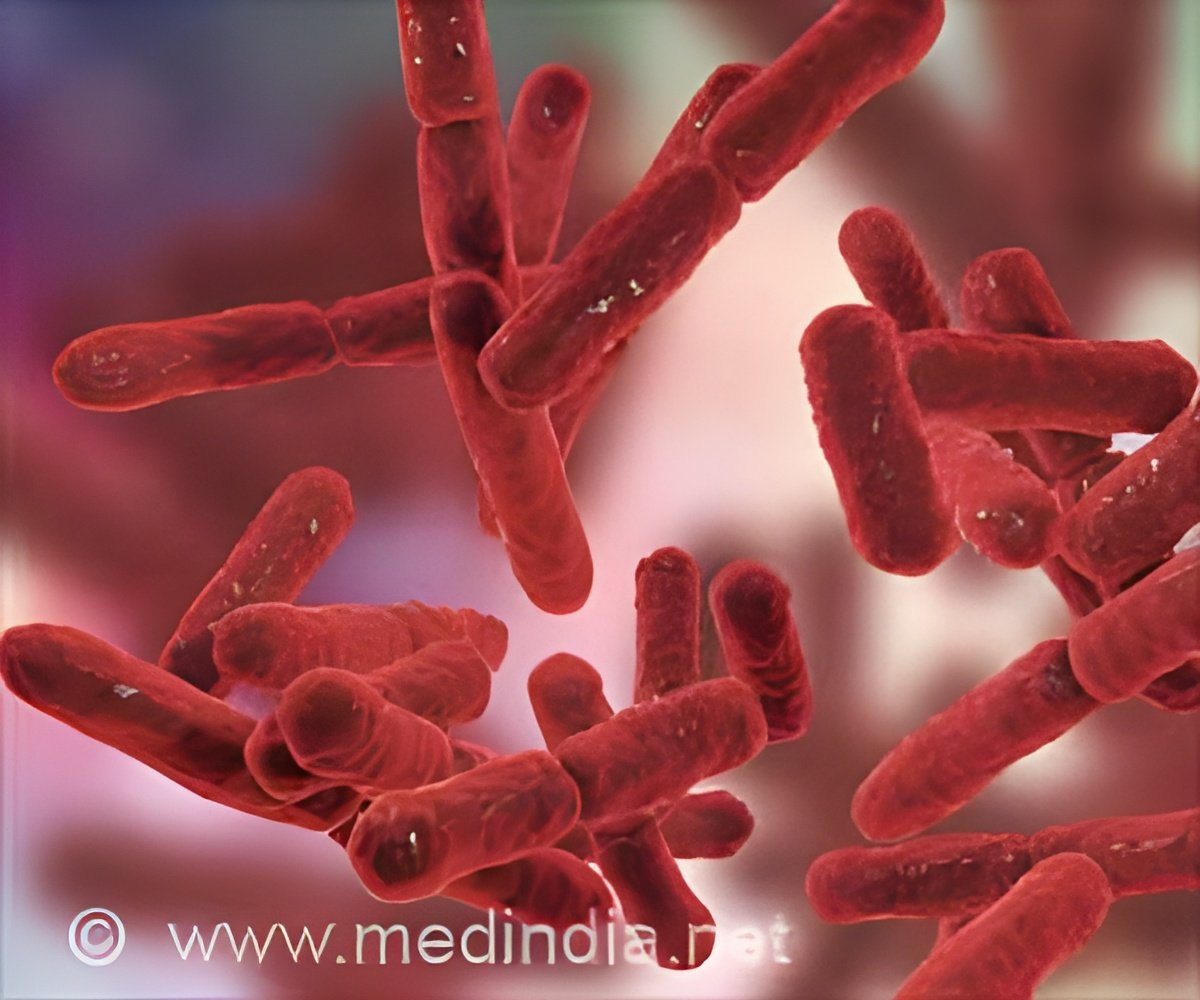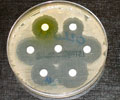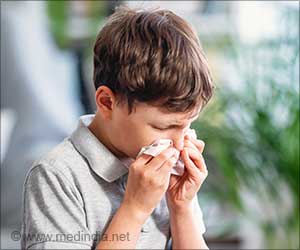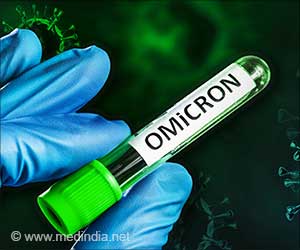
‘A rising tide of antibiotic-resistant bacteria if left unchecked, could kill an estimated 10 million people annually by 2050 was a fact known in the pre-Corona era and the Covid-19 situation has now put millions at risk by increasing their resistance to the antibiotics. ’
Tweet it Now
"The Covid-19 situation is definitely putting us at risk for increasing resistance to antibiotics, so it's more important now than ever that we come up with alternative treatments," said Corrie Detweiler, a professor of molecular, cellular and developmental biology. In a paper published in the journal PLOS Pathogens, the authors said that the finding could lead to a new arsenal for fighting what could be the next big public health threat.
"If we don't solve the problem of finding new antibiotics or somehow making old antibiotics work again, we are going to see sharply increasing deaths from bacterial infections we thought we had beaten decades ago," said Detweiler.
Her lab developed a technique called 'SAFIRE' for screening for new small molecules which work differently than older drugs.
Of 14,400 candidates screened from a library of existing chemicals, 'SAFIRE' identified 70 that hold promise.
Advertisement
With a tough exterior membrane that prevents antibiotics from accessing the cell, and another interior membrane providing a buffer, these bacteria (including Salmonella and E. coli) are inherently difficult to treat.
Advertisement
"This is the first study to show that you can target a Gram-negative bacteria's inner membrane by exploiting the innate immune response of the host," Detweiler noted.
In laboratory and rodent experiments, JD1 reduced survival and spread of Gram-negative bacteria called Salmonella enterica by 95 per cent.
By 2050, the authors noted, there could be more deaths from antibiotic resistance than from cancer.
"As our existing antibiotics adapt and work less, we risk essentially going back to a period 100 years ago, when even a minor infection could mean death," said Detweiler.
The pandemic has shone even more light on the problem, as many patients die not from the virus itself but from hard-to-treat secondary bacterial infections.
Meanwhile, Detweiler and other scholars worry that heightened use of antibiotics to prevent or treat those secondary infections, while at times necessary, may be exacerbating resistance.
Most antibiotics in use today were developed in the 1950s, and pharmaceutical companies have since scaled back on research in the field in favour of more profitable ventures.
Source-IANS














